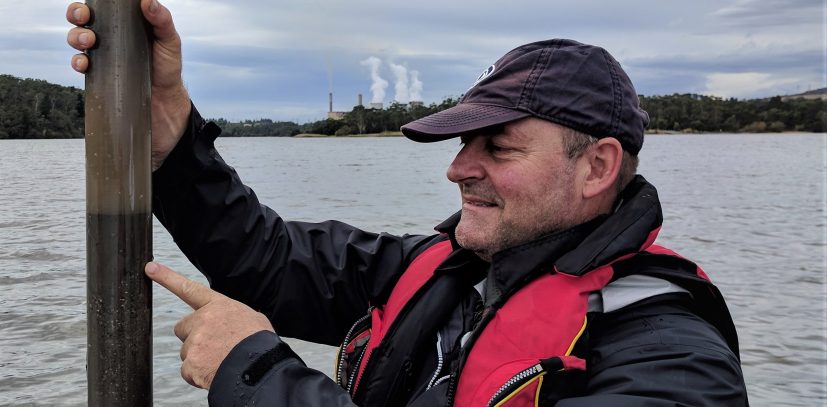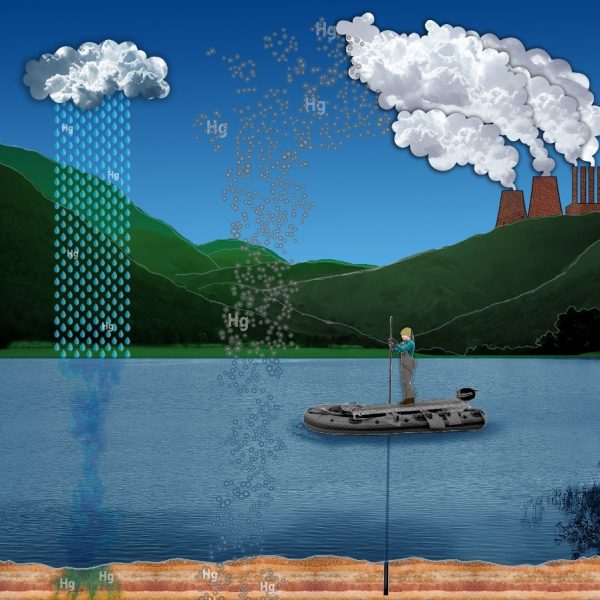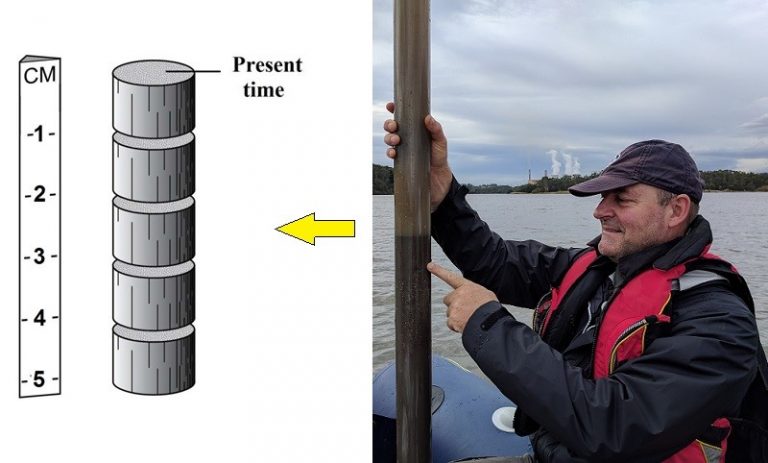
Project by Dr Larissa Schneidder, Professor Simon Haberle and Dr Janelle Stevenson.
Mercury is a chemical element that occurs naturally in the environment and is naturally emitted to the atmosphere. Its natural cycle, however, has been significantly changed by human activities. Humans accelerate mercury biogeochemical cycle when elements are extracted from their reservoirs (or sources) and deposited back into the environment (sinks). For example, humans have significantly altered the Hg cycle by extracting and combusting fossil fuel that was buried deep in the Earth’s crust. As a consequence, the global release of Hg through human activities (not only combustion of fossil fuel) has increased Hg atmospheric fluxes by 4 to 6 times since the onset of industrialisation.
In Australia, the Great Acceleration (~1950) was the period in which mercury emissions increased the most. Following release to the atmosphere, mercury returns to the Earth’s surfaces by both wet and dry depositional processes and lake sediments and their catchment soils are two important sinks.
While this has a negative impact in the ecosystem, it also provide us with valuable historical record of mercury contamination. As mercury gets deposited into lakes gradually, it settles to the bottom to add to the layers of sediments there. Environmental scientists can collect sediment cores that will contain a historical archive of mercury deposition from the atmosphere (Figure 1).

Sedimentation rates, often expressed in cm/yr, can be estimated by dividing the core length by the number of years it took to lay down that depth of sediment. Our group of environmental scientists can collect sediment cores that contain these layers of sediments for clues about past mercury contamination (Figure 2).
Historical information about mercury contamination is a useful and necessary component of efforts to reduce this contamination. This history can be used to establish “background” or “baseline” conditions. It can also be used to evaluate how contaminant levels have responded to changes in industrial activities – (e.g., commissioning of coal-fired power stations) or to assess the efficacy of pollution-control measures and the design of more effective programs in the future.

After collecting cores, mercury analyses of the sediments can demonstrate the historical past mercury deposition and enable the historical reconstruction of mercury fluxes in the past.
An example is the core collected in Wyoming’s Upper Fremont Glacier in North America (Figure 3; Schuster et al. 2002). Mercury analyses of sediments encompassing the last 270 years demonstrated very well the contribution of natural events and human activities on mercury emission to the environment. This study has shown that human activities have resulted in an approximately three-fold increase in mercury deposition in the environment since before industrialisation.

Mercury Australia Team is currently conducting mercury analyses on cores from Australia, East-Timor and Papua New Guinea to reconstruct natural history throughout Australasia. Through the analysis of historic fluctuations in mercury levels, the mission is to understand the background mercury concentrations in the Australasian environment and understand the extent to which human activities have led to an increases in emissions in mercury levels beyond these baseline natural levels.
Article by Dr Larissa Schneider
